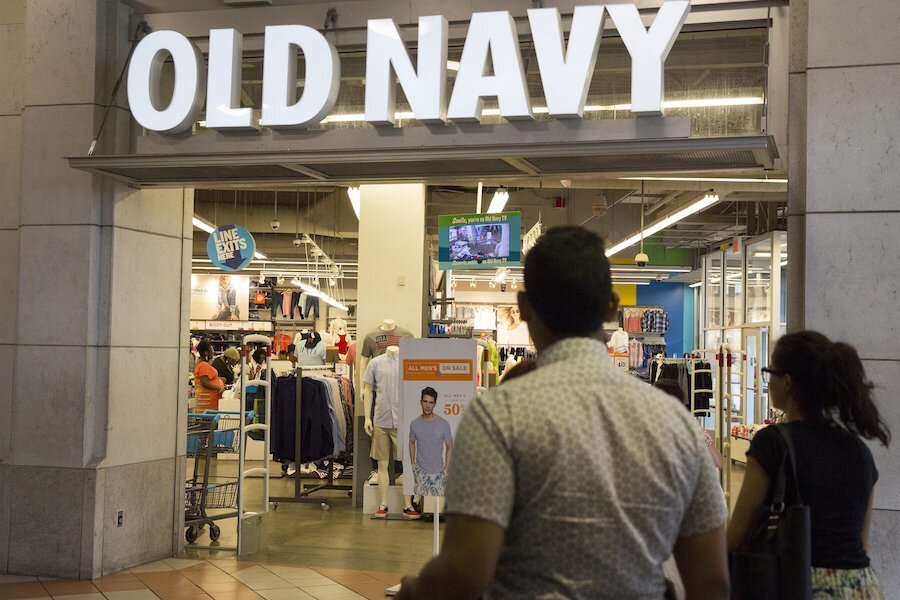Can Old Navy show Gap the way?
Loading...
Gap Inc.'s longtime ugly stepchild, Old Navy, is its now parent company success story; and Gap Inc. appears to be retooling its namesake to try to catch up.
Gap Inc. announced on Monday that it would be closing a quarter of its Gap stores nationwide and cutting 250 jobs from Gap headquarters in San Francisco.
The drawdown of Gap brick and mortars comes at a time of other changes for Gap Inc. The company closed its online retail brand, Piperlime, earlier this year and, in February, promoted Art Peck to Chief Executive.
Millennials, who gave rise to fast fashion brands like Forever21 and H&M, consistently buck the basics at the heart of Gap's brand, like khakis and button-down shirts, in favor of clothes that make them stand out rather than blend in, according to industry experts.
Gap Inc. reacted to the success of the fast fashion concept by hiring Stefan Larsson from H&M in 2012. Larsson helmed H&M’s global expansion and was tasked with leading Old Navy into the fast fashion marketplace. That may be one juncture where Gap fell further behind.
“I saw an unpolished diamond in Old Navy,” Larsson said in an interview with The New York Times. “Everything starts and ends with product.”
The product at Gap, according to its CEO, has been “off trend and in some cases, way off the brand” for consecutive seasons.
Peck said the pipeline from fashion concept to store shelf is much shorter at Old Navy than at Gap, in a conference call with analysts at the end of last quarter.
On the same call, Peck said that, given the successes at Old Navy, the goal going forward is for “largely transplanting” what is working into its other businesses.
“That ability to be right and to respond very quickly is powerful,” Peck said. “It’s allowed us to be into those trends in Old Navy almost in the simultaneous way which really is the way the world is working right now.”
Old Navy, under Larsson’s leadership, has so far been successful with being right and being responsive. Last year, Old Navy made up 40 percent of the company’s global revenue, with sales that accounted for nearly as much as Gap and Banana Republic combined, according to The New York Times.
Meanwhile, total same-store sales at Gap – a metric for stores open at least a year, plus online orders – dropped 4 percent last quarter. Comparable sales at Old Navy rose 3 percent in the same period, according to Bloomberg.
The 250 jobs to be cut at company headquarters are meant to eliminate decisions in the chain and streamline the production process at Gap, increasing the brand’s “speed, predictability and responsiveness, and enable greater competitiveness,” according to a statement from the company.
While 140 Gap stores will be closed by early 2016, Old Navy will be testing a small-store concept at the same time.







